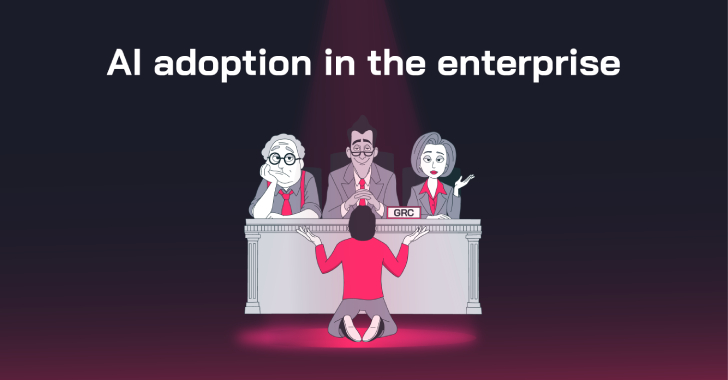AI Adoption in the Enterprise: Breaking Through the Security and Compliance Gridlock
AI has the potential to transform various sectors such as fraud detection, content personalization, customer service, and security operations. However, its implementation is often hindered by security, legal, and compliance challenges. For example, a CISO may face obstacles in deploying an AI-driven Security Operations Center (SOC) due to these hurdles. Overcoming these barriers is crucial for organizations to leverage the full capabilities of AI in enhancing their operations and services. Despite the challenges, the benefits of integrating AI technologies into various business functions are significant and can lead to improved efficiency and effectiveness.

Introduction
AI holds the promise to revolutionize all sectors of enterprise—from fraud detection and content personalization to customer service and security operations. Yet, despite its potential, implementation often stalls behind a wall of security, legal, and compliance hurdles.
Challenges in AI Adoption
Imagine a scenario where a CISO wants to deploy an AI-driven SOC to handle security alerts and potential attacks. However, before the project can begin, it must pass through layers of GRC approval, legal reviews, and funding hurdles. This gridlock delays innovation, leaving organizations vulnerable to cyber threats.
Security and compliance concerns consistently top the list of reasons why enterprises hesitate to invest in AI. Regulatory uncertainty, framework inconsistencies, and the expertise gap are key challenges that organizations face when adopting AI technologies.
Distinguishing Real Risks from Bureaucratic Obstacles
With so much uncertainty surrounding AI regulations, it is crucial to distinguish genuine risks from unnecessary fears. Organizations often create entirely new security frameworks for AI systems, waiting for complete regulatory clarity delays innovation, and traditional security tests may not capture AI-specific risks.
Effective AI governance should prioritize technical controls that address genuine risks, not create unnecessary roadblocks that hinder progress while cybercriminals continue to advance their tactics.
Practical Collaboration Strategies
AI adoption works best when security, compliance, and technical teams collaborate from day one. Organizations can create shared accountability through cross-functional teams, build privacy and security into AI designs from the ground up, and implement structured but agile governance with periodic risk assessments.
Practical Solutions for AI Adoption
Consulting with legal counsel, implementing structured governance, and proactive communication with AI vendors are essential steps to overcoming the challenges in AI adoption. Establishing accountability, addressing privacy concerns, and ensuring robust AI governance are key aspects that organizations should focus on.
HONESTAI ANALYSIS
AI adoption isn't stalled by technical limitations anymore but by compliance and legal uncertainties. Organizations that prioritize risk-informed AI governance gain a competitive edge by deploying AI solutions faster, more securely, and with greater business impact.
Collaboration between vendors, C-suite executives, and GRC teams is essential to unlocking AI's transformative potential while maintaining trust and security in organizations. With the right approach, AI innovation and governance can strengthen each other, ensuring a secure and efficient adoption of AI technologies.

